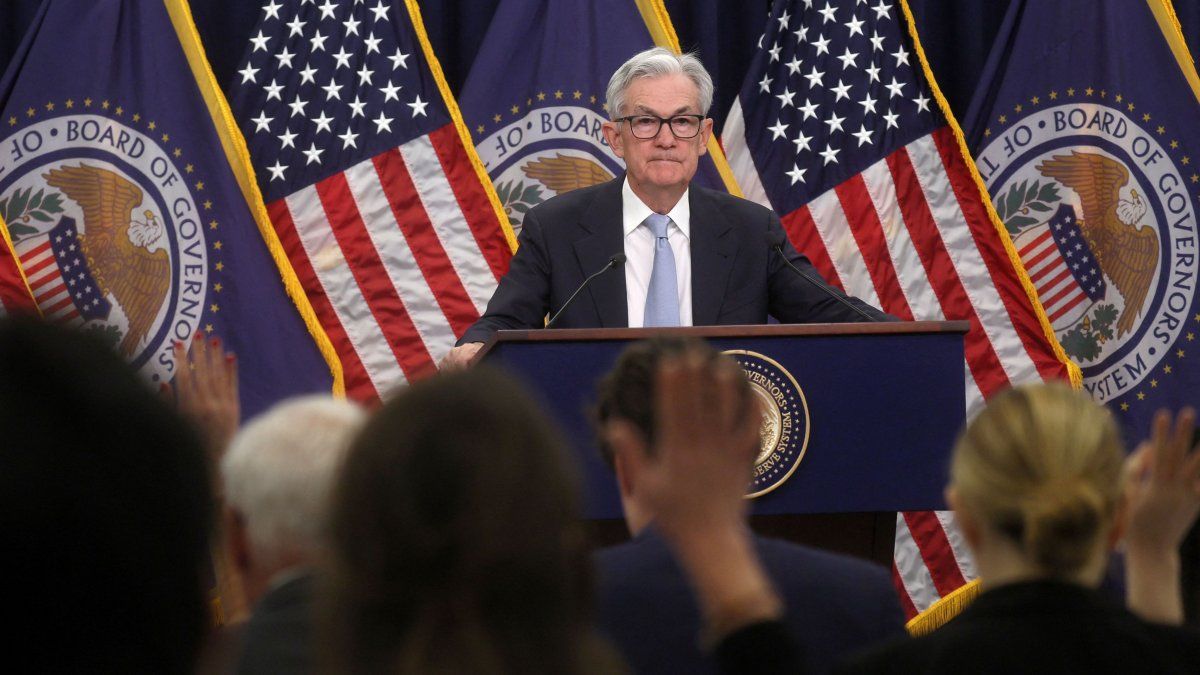The group of authorities of the US Federal Reserve who do not consider it urgent to reduce interest rates continues to grow, and the The president of the New York Fed said Thursday that there is no need to reduce borrowing costs “in the very short term.”
With this comment, the president of the New York Fed, John Williams, raised the flag along with other monetary officials, pointing out the growing wariness about moving too quickly to cut rates when inflation appears to be, at best, on a “bumpy” path toward the central bank’s 2% annual target.
Inflation is proving to be a most difficult problem than U.S. central bank officials had predicted just a couple of months ago, while other indicators of the economy show few signs of slowing down. This combination has further delayed the planned start of a monetary easing cycle.
The Federal Reserve is currently in a “good position” and “there is no clear need to tighten monetary policy in the very short term” given the current state of the economy.Williams told reporters after a speech in New York. Williams, vice chairman of the central bank’s Federal Open Market Committee, which sets rates, also said that they will need to be trimmed “eventually.”
Meanwhile, Richmond Fed chief Thomas Barkin, who had already flagged concerns about the breadth of inflation that is difficult to “reconcile” with a near-term shift toward rate cuts, said the latest figures “did not increase my confidence” that price pressures were easing more broadly.
Williams also gave a nod to the problems that have arisen in the latest data reports, saying that “There will probably be bumps in the road, as we’ve seen in some recent inflation readings.”
Still, Williams told reporters that Fed officials They have not been surprised by the recent declines in inflation, and if there have been surprises it has been due to the speed with which price pressures relaxed last year.
Williams and Barkin spoke a day after stronger-than-expected March consumer price index data was releasedwhich caused an adjustment in expectations about when the Fed may cut rates this year, and led some economists to predict that there will be no cuts in the cost of credit until 2025.
The market changes forecasts on rate cuts
The Wall Street economists, such as Barclays and Wells Fargo, changed their forecasts after the CPI data were released and they forecast just one or two rate cuts this year, instead of three previously.
The bets of the financial markets on a start of the cuts in September remained practically intact, although producer price readings in March, generally colder than expected, increased traders’ collective opinion on the chances of a cut in July to almost equal that of a later start.
Source: Ambito
I am a 24-year-old writer and journalist who has been working in the news industry for the past two years. I write primarily about market news, so if you’re looking for insights into what’s going on in the stock market or economic indicators, you’ve come to the right place. I also dabble in writing articles on lifestyle trends and pop culture news.




